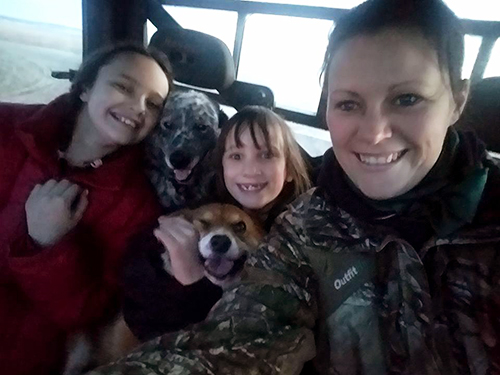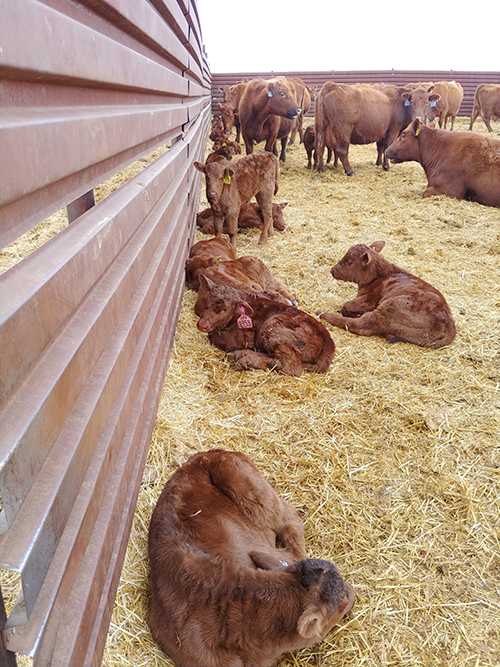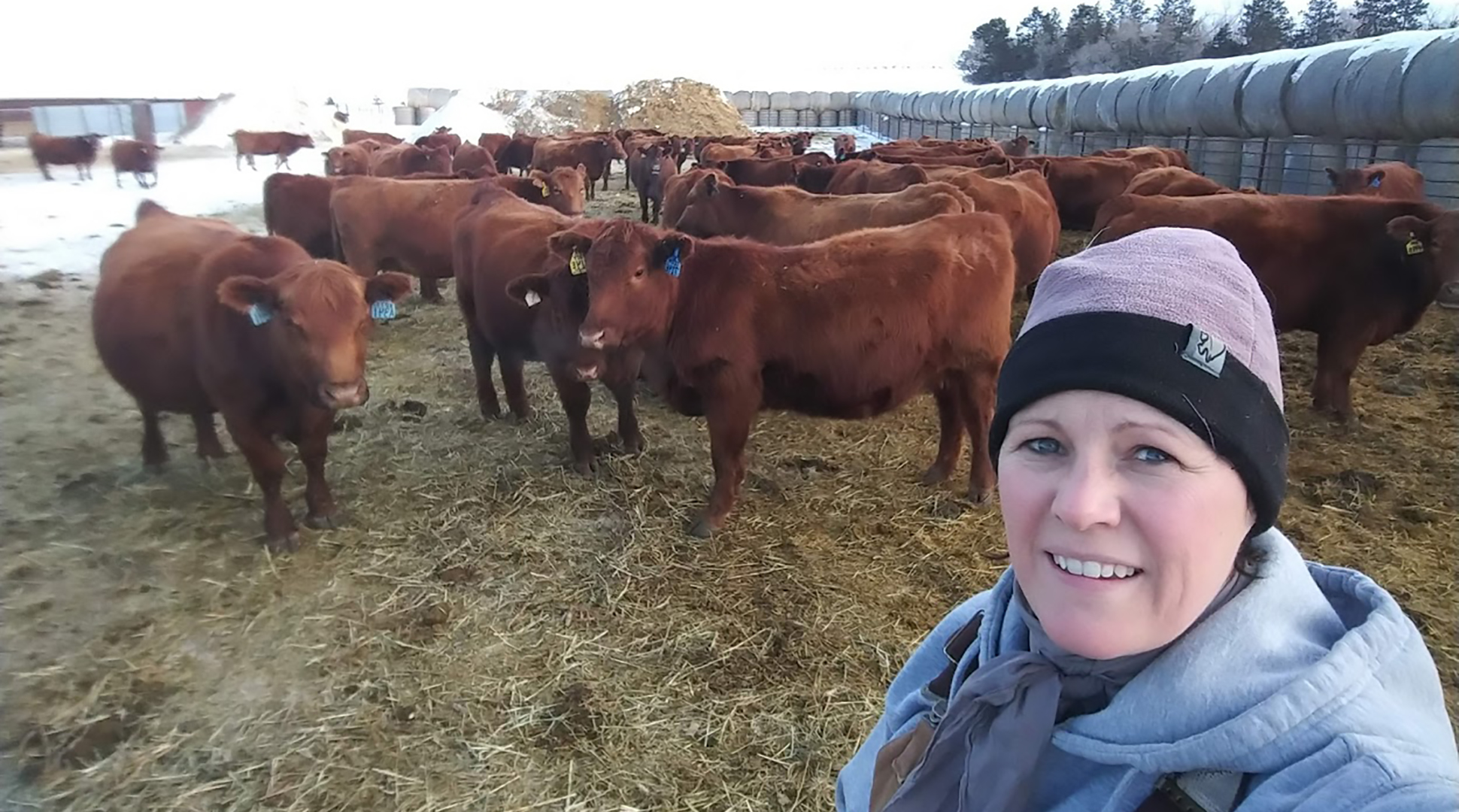by Jolyn Wasem
As a busy mom with kids, one thing I struggle with daily is that age-old question, “What is for dinner?” Before I had kids, I made whatever sounded good to me or what was quick and easy. In my 20s I wasn’t as concerned with calories, macro-nutrients, or how my food was raised. Man, how times have changed.
Now, I think about how the food I feed my family will affect their health, growth and overall well-being. As a rancher, I raise some of the food that I eat; so I don’t think much about how it was raised, because I know. As I visit with other consumers who are not involved in ranching and raising livestock, I hear their concerns about how animals are treated and what they are fed. I understand your fears about your food, especially when you haven’t been involved in the process, or have possibly seen a video about agriculture that had a negative spin. I would love to share some of my experiences with you to help you better understand how our cattle are raised, and why you can feel good about choosing beef for your family.

Our main goal is to produce happy and healthy cattle, because they produce the best beef. So, how do we do this? We start calving in March. As you well know, this year was a little cold – okay a lot cold – negative 45 degrees, and that makes things a little difficult for a new baby calf. Most of our calves are born in the barn because they have to be out of the wind and cold, or it will only take minutes for a new-born calf to die of hypothermia. This means, around the clock cattle checks. As it warms up, calves are born out in the calving pen or the pasture. Those little babies make me smile each spring, as we witness the miracle of life.

But what happens when one gets sick? Like kids in school, when you have a lot of little ones in close quarters, sickness can happen. We do as much as we can to prevent sickness but when it happens, antibiotics are used to treat sick calves. There are other times during a calf’s life that it is more prone to sickness, like branding and weaning. Many ranchers do as much as they can to minimize the stress of these calves. Low stress cattle handling methods are in place on many ranches. Remember, we strive for happy, healthy animals but, if they get sick, they may need to be treated with an antibiotic. One question many consumers have is, “Are there antibiotics in my meat?”
As a producer, records are very important. We keep records of many things here on the ranch, and treating cattle is one of those things. If an animal is given an antibiotic, it is up to us to make sure that animal doesn’t enter the food chain until the antibiotic is out of its system. When we administer antibiotics, there is a withdrawal period on the bottle that tells us how long it will take for the antibiotic to be out of the animal’s system. Furthermore, the USDA randomly tests and monitors beef before it gets to you. By law, no meat sold in the U.S. can contain antibiotic resides above the Maximum Residue Levels set by the FDA to ensure safety. Ranchers follow these guidelines because it is our livelihood. If we don’t follow them, we are out of business. As a producer, it is important to read and follow the labels, as well as the laws that are put in place to protect consumers like me and you!
I hope this helps you to understand why we use antibiotics when raising animals. Just like you, we want happy, healthy animals, but there are times when treatment is needed. It is important for me to be a responsible steward so the meat we eat is not only nutritious and delicious, but you can know it is safe and a great choice for you and your family!
